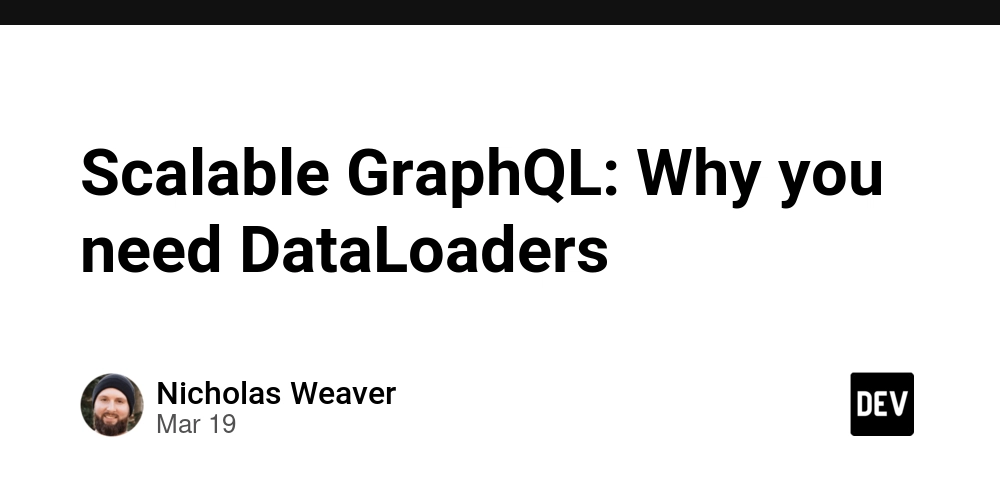Dev
2w
133

Image Credit: Dev
Scalable GraphQL: Why you need DataLoaders
- DataLoaders in GraphQL solve the N+1 query problem by batching and caching database queries, reducing response times by up to 85% and aiding API scalability.
- The article delves into how DataLoaders work, their importance for scaling GraphQL APIs, and provides practical implementation patterns.
- DataLoaders optimize data fetching through batching, request coalescing, and caching, improving efficiency and reducing the number of database queries.
- Implementation strategies for DataLoaders, including batch scheduling, request coalescing, and caching mechanisms, are discussed in detail.
- Key benefits of using DataLoaders include memory efficiency, type safety, maintainability, and error handling in GraphQL applications.
- Benchmark results demonstrate significant performance improvements with DataLoaders, ranging from 64% to over 84% faster response times.
- From small to extra large datasets, DataLoader's effectiveness is evident in enhancing GraphQL API performance for relational data at scale.
- To implement DataLoaders effectively, grouping batching functions, using lazy loading, and ensuring per-request DataLoader instances are essential.
- The article concludes by emphasizing the importance of DataLoaders for scalable GraphQL APIs and provides code examples for implementation.
Read Full Article
8 Likes
For uninterrupted reading, download the app